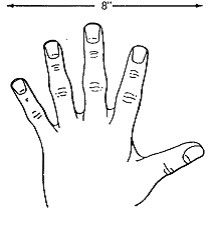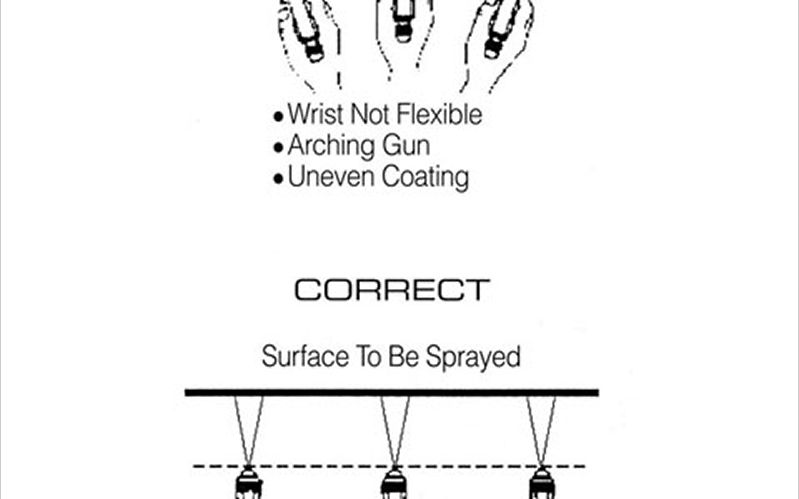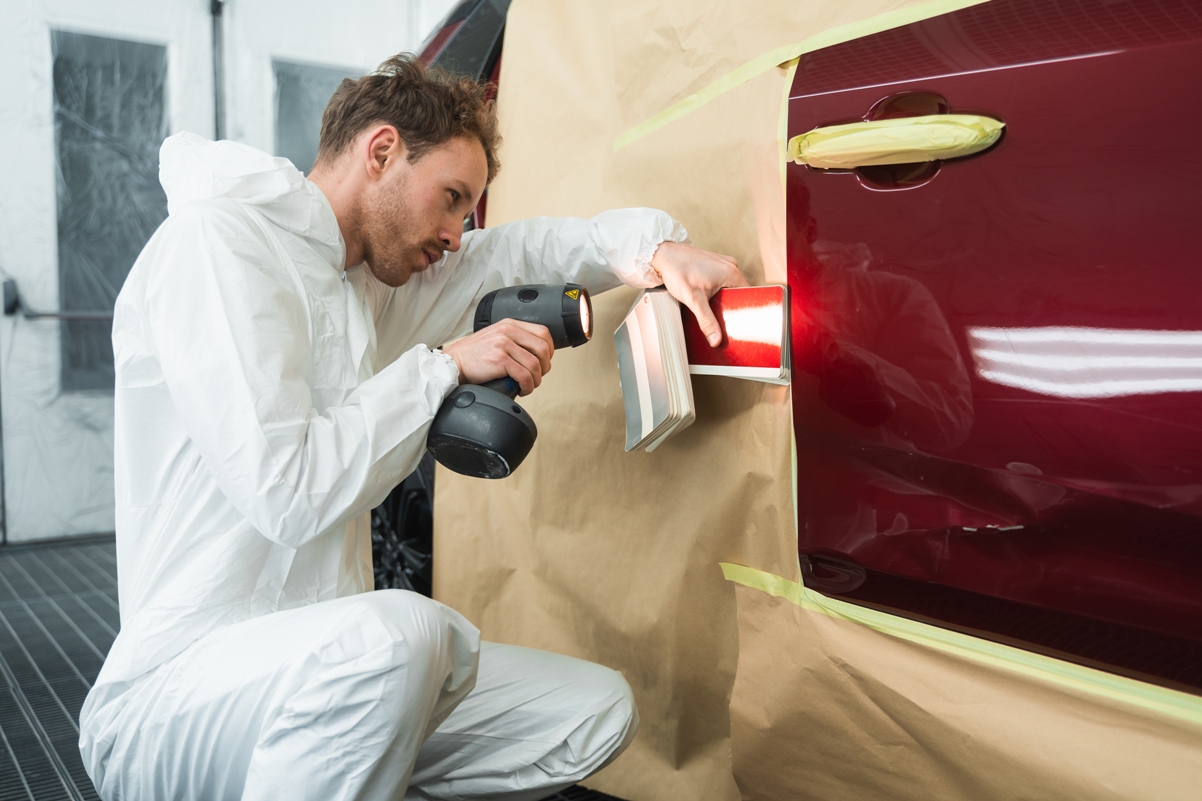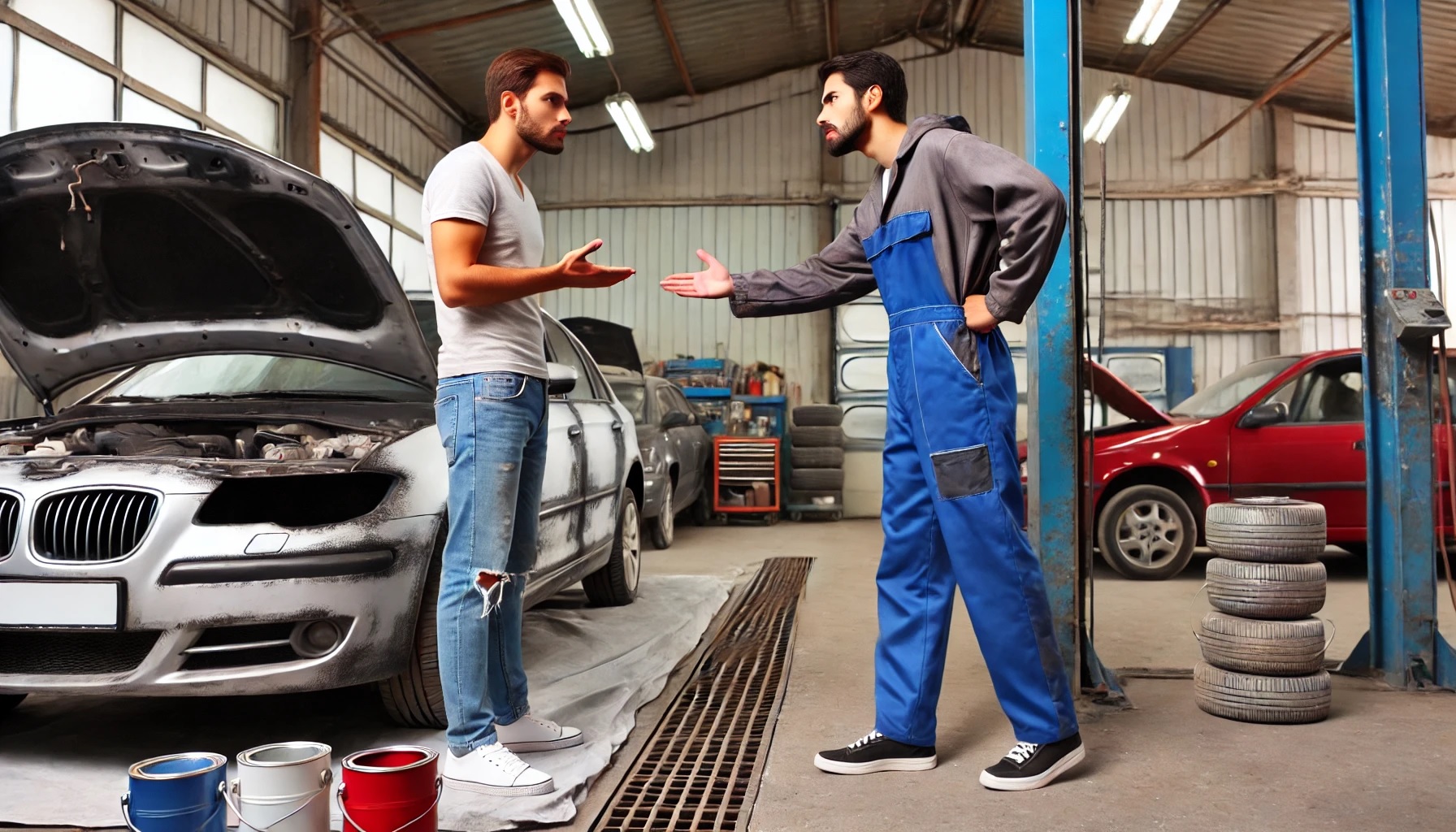Without a doubt there have been said or written a lot about the HVLP or Compliant spray guns and their benefits. However, switching simply to new (not so new, you can say) technology is not enough. A sprayer must also alter his spraying techniques.
Definition of HVLP and Compliant technology and its benefits.
Let me just name a few of the benefits, which automotive refinishing professionals will enjoy by switching to HVLP or Compliant guns. Yet I would like to clarify the meaning of each technology first. If the term HVLP (High Volume Low Pressure) is pretty well known, the definition of Compliant gun is not so clear. Actually “compliant” means that it complies with some rules, and particularly rules about VOC emission, which require a spray gun used in automotive repair jobs to deliver at least 65% transfer efficiency. The best two examples of “compliant” spraying technology are Trans-Tech ™ system from Devilbiss and RP ™ from SATA. These two brands came up with similar spraying system, which allows achieving desired 65% transfer efficiency while having increased output air pressure in a gun’s cap. Increased output pressure allows better atomization of higher viscosity materials, like, for example, HS clearcoats.
Benefits of switching to HVLP (Compliant) technology.
– Lower materials consumption. According to the US Environmental Protection Agency (EPT) simply switching from conventional (high pressure) guns to HVLP will improve transfer efficiency, and, hence reduce material costs, from 35% to 49%. (Yes, by using high pressure guns you can waste up to 65% of the paint). However, in order to get close to 65% efficiency, proper spraying techniques must be adopted by a body shop sprayer (we will talk about it later on in this article).
– Besides saving on materials costs, by adopting HVLP technology your will be working in safer working conditions and with less damage to environment.
– Less overspray will prolong spray booth filters life, consequently it will help to decrease overhead costs.
– Automotive repair professionals, who switched to compliant technology and adopted proper spraying techniques, enjoy higher quality paint jobs.
– Finally, being conformable with EU regulations or US EPA rules will insure you in case of inspections from the government bodies.
7 ways to alter spraying technique to get maximum out of your new spray gun.
- Set up the inlet air pressure exactly per spray gun producer recommendations. Usually the pressure should be in the range within 2-2.5 Bar (29-36 PSI).
- Shorten the distance to the surface you spray. The distance must be closer than with conventional high-pressure guns, somewhere around 20cm (8 inch).

- Adjust your spray gun until you get clean, cigar shaped pattern without overspray on the edges.

- Angle of spraying must be exactly at 90 °
- Spraying speed must be constant, without arching and a little slower than with conventional spray gun.

- Overlapping should be no less than 50% (usually 75% overlap is required with high pressure gun).
- Check how much paint you will need exactly for each job, and mix just enough quantity to avoid waste of materials.
Finally, please have a look at two short videos from Devilbiss and SATA on how to set up and use your spray gun to get maximum performance and cost saving.




